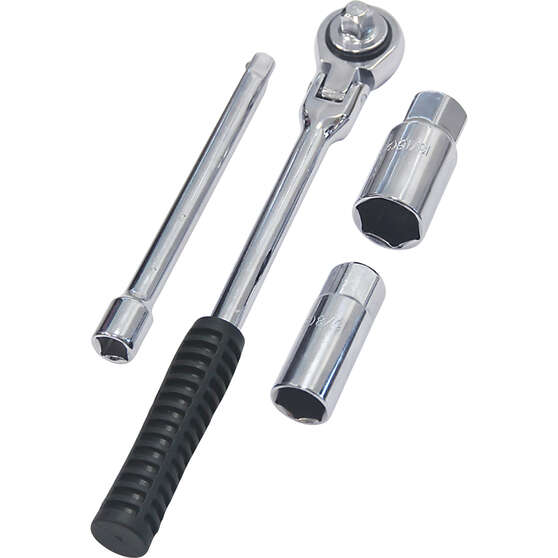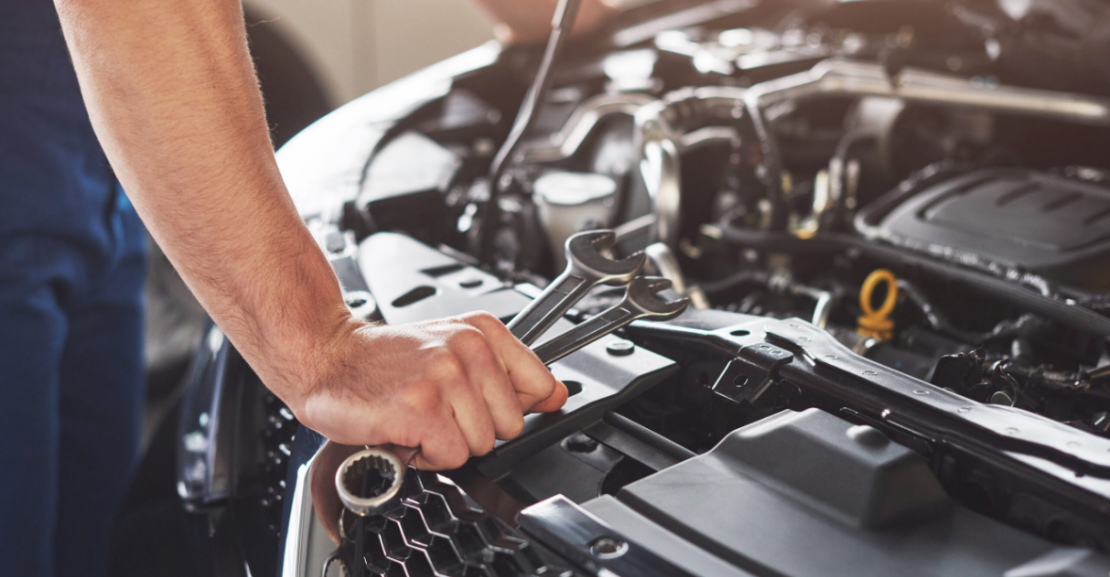Keeping your car’s engine in top condition is critical to ensuring optimal performance and longevity. Engine tuning involves a lot of maintenance work that helps keep your machine running smoothly and efficiently. In this guide, we will guide you through the important steps to make engine adjustments, covering everything from headlight replacement to air filter replacement.
Why engine tuning is important
Regular engine installation can prevent major problems on the road and help maintain your car’s fuel efficiency. By resolving minor issues quickly, you can avoid costly repairs and keep your vehicle running smoothly. Engine adjustments also contribute to better emissions, reducing the environmental impact of your car.

Tools and materials you need
Before you start, gather the following tools and materials:
- Spark sockets and brackets
- Power gap device
- Screwdriver (flat head and Phillips)
- Brackets
- Air filter
- Replace the headlights (check your vehicle manual for the correct type)
- Engine oil
- Oil filter
Step-by-step instructions for installing the machine
- Check and replace spark plug
- Locate the headlights in your engine box. They are usually found on the top or side of the machine.
- Unscrew the cord by gently turning it and unplugging it.
- Use spark plugs and brackets to remove old light bulbs.
- Check for gaps on the new spark plug using a spark plug. Adjust the gap if necessary to match the specifications of your vehicle.
- Install a new spark plug and tighten it with holes and brackets. Be careful not to overdo it.
- Reconnect the spark plug wires, making sure they are securely connected.
- Change air filter
- Locate the air filter housing, which is usually found near the top of the engine bay.
- Remove the housing cover by unscrewing it or removing it.
- Remove the old air filter and check for dirt and debris. If it is dirty, replace it with a new one.
- Insert a new air filter into the housing and secure the cover.
- Check and replace ignition components
- Check the condition of the wiring harness, distributor cap and rotor. Look for signs of wear, rust or damage.
- Replace worn or damaged components with new ones.
- Reconnect all ignition components and make sure they are seated properly.
- Check and turn off the fluid
- Check the engine oil level using a stirrer. If it is low, add the recommended type of fuel for your car.
- Check other fluids such as cooling water, transmission oil and brake fluid. Close or replace as needed.
- Perform a test
- Start the engine and leave it for a few minutes. Hear unusual noises or vibrations.
- Take your car for a short test drive to ensure everything runs smoothly. Pay attention to the operation of the engine and any warning lights on the dashboard.
Conclusion
Regular engine adjustments are important for maintaining the performance and reliability of your vehicle. By following this comprehensive guide You can keep your engine in top shape and enjoy a smoother and more efficient ride. Do not forget to consult us at KCD Autolab if you do not want to have such problems.

